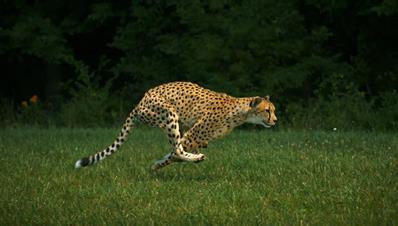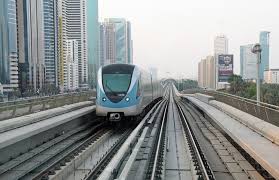
PUMPA - SMART LEARNING
எங்கள் ஆசிரியர்களுடன் 1-ஆன்-1 ஆலோசனை நேரத்தைப் பெறுங்கள். டாப்பர் ஆவதற்கு நாங்கள் பயிற்சி அளிப்போம்
Book Free DemoIn the previous lesson, we learned that how three equations of motion are derived.
The three equations are:
1.
2.
3.
Now, let us see a few examples to understand the application of these three equations of motion.
1. Practical problem using the first equation of motion
A car cruise down to an expressway at 21 m/s. Engineers designed an off-ramp in an interchange with a deceleration of −3 m/s² that lasts for 4 seconds. Then, what velocity will cars have at the end of the off-ramp?
Important!
A ramp is also known as an inclined plane, It is a flat supporting surface, tilted at an angle with one end angle is higher. It is mostly used as an aid for raising or lowering a road.
Given:
The initial velocity of car u = 21 m/s.
The acceleration of the car a = −3 m/s²
The time t = 4 seconds
Now, to find the final velocity of the car, we can use the first equation of motion.
That is .
Substitute the known values.
Therefore, the car has a velocity of 9 m/s at the end of the off-ramp.
2. Practical problem using the second equation of motion:
Consider a cheetah starts from rest and accelerate uniformly at 2 m/s² for 200m. Find out the time it takes to cover this distance.

Given:
Since, it starts from the rest, so the initial velocity of car u = 0 m/s.
The acceleration of the cheetah a = 2 m/s²
The displacement s = 200 m.
To find the time taken to cover this distance we can use the second equation of motion. Since the displacement is given, and we don't have the velocity of the cheetah, so we cannot use the first equation of motion.
That is
Substitute the known values.
Therefore, the cheetah will cover 200 m in 14.1 seconds if it accelerates uniformly for 2 m/s².
3. Practical problem using the third equation of motion:
A 12 car metro train is at rest in a station. It reaches its cruising speed after accelerating at 2 m/s² for a distance equivalent to the length of the station, 100. It then travels at a constant speed towards the next station 20 blocks away (1325 m). Then, determine the train's cruising velocity.

Given:
The train starts from the rest, so the initial velocity of train u = 0 m/s.
The acceleration of the train a = 2 m/s²
The displacement of the train (length of the station) s = 200 m.
To find the velocity of the train, we can use the third equation of motion.
That is .
Substitute the known values.
Therefore, the train's velocity is 20\(m/s).
Reference:
Image credits:
Cheetah running: https://commons.wikimedia.org/wiki/File:Sarah_(cheetah).jpg
Metro train: https://pixabay.com/fr/photos/dubai-m%C3%A9tro-chemin-de-fer-transport-867416/